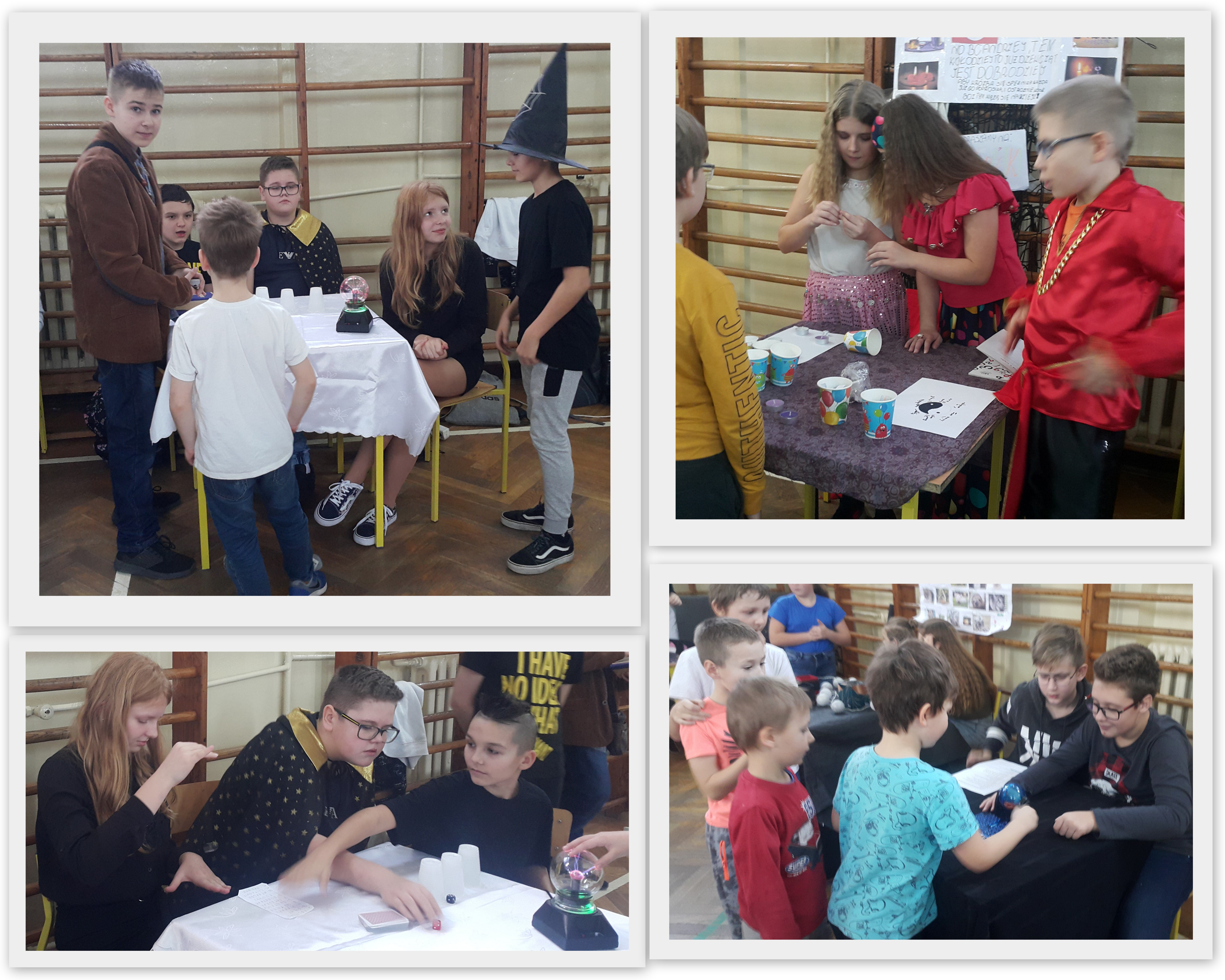Title: Avengers Freaky Thor Day – recommended by Mateusz Krupiński & Kacper Wawrzynkiewicz
Written by: Colleen Degnan-Veness
We really like Avengers Freaky Thor Day because we like superheroes. Our favourite character is Thor. Thor has a hammer with powers and is an Avenger. Loki Thor’s brother. He doesn’t like Thor. Nick Fury is an important man at S.H.I.E.L.D. Agent Castro works for him. Kendra is a schoolgirl. She likes Thor. It’s a freaky Thor Day for Kendra.
Title: Into I.T. – recommended by Kuba Frauenfelder & Mikołaj Fidor
Written by: Laura Miller
Do you know who started the biggest websites on the Internet? What other ways are there to store information? How can you be safe online? This book will tell you.
Title: Ratatuilelle – recommended by Mateusz Kabot, Alan Giemza, Karol Kurzepa & Wiktoria Pietrzak
Re-told by: Mo Sanders
Characters: Remy, Emile, Linguini, Chef Skinner, Colette, Anton Ego
In a world where people hate rats, it’s not easy to be one! Remy isn’t like other rats. He loves to cook! In Paris, Remy helps his friend Linguini cook delicious meals. Rats are not welcome in the kitchen, but good food is good food … doesn’t matter who makes it?
Title: WALL-E – recommended by Mateusz Burak, Kuba Witaszek & Patryk Kobalczyk
Re-told by: Louise Fonceca
WALL-E the robot is the only thing that lives on Earth. When he meets EVE, another robot, his life changes. Now he has a friend. WALL-E gives EVE a green thing That he found. Can there be life on Earth? What will WALL-E and EVE have to do to find out?
Title: Our Changing Planet – recommended by Olha Kaliuzhna
Written by: Colleen Degnan-Veness
More than 1.2 million plant and animal species live on Earth. There are dry deserts, icy deserts, rainforests, grasslands, mountains, and oceans. All amazing habitats for life on this planet.
But the climate is changing …
Find out the things YOU can do to help protect our planet. Why is better for the environment if people eat more meat from chickens and sheep and less from cows? What will happen if people don’t eat different kinds of fish? How can we help to protect the rainforests? …
Title: Tom at the Harbour – recommended by Mateusz Wiśniewski & Julian Lewandowski
Written by: Barbara Ingham
Tom loves the harbour. Every weekend he buys an ice cream and watches the boats. What can show you? What can he see with the binoculars? There are big boats and strong boats. What are the names of the boats? What do they do?
Title: Festival Fun – recommended by Maja Woźniak, Hania Przybylska
Written by: Barbara Ingham
A festival is a celebration, to have a party on a special day. Visit different festivals in the World. Scotland, New Zealand, Africa and more … Which is your favourite festival?
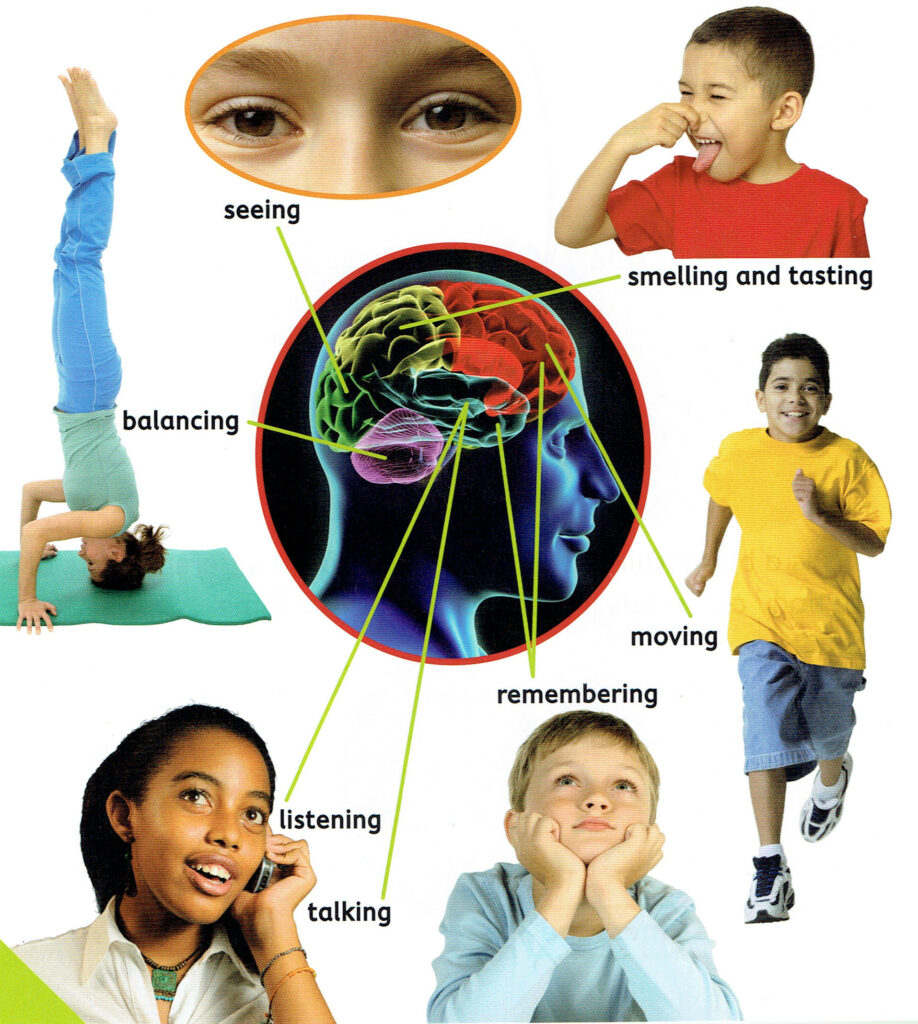
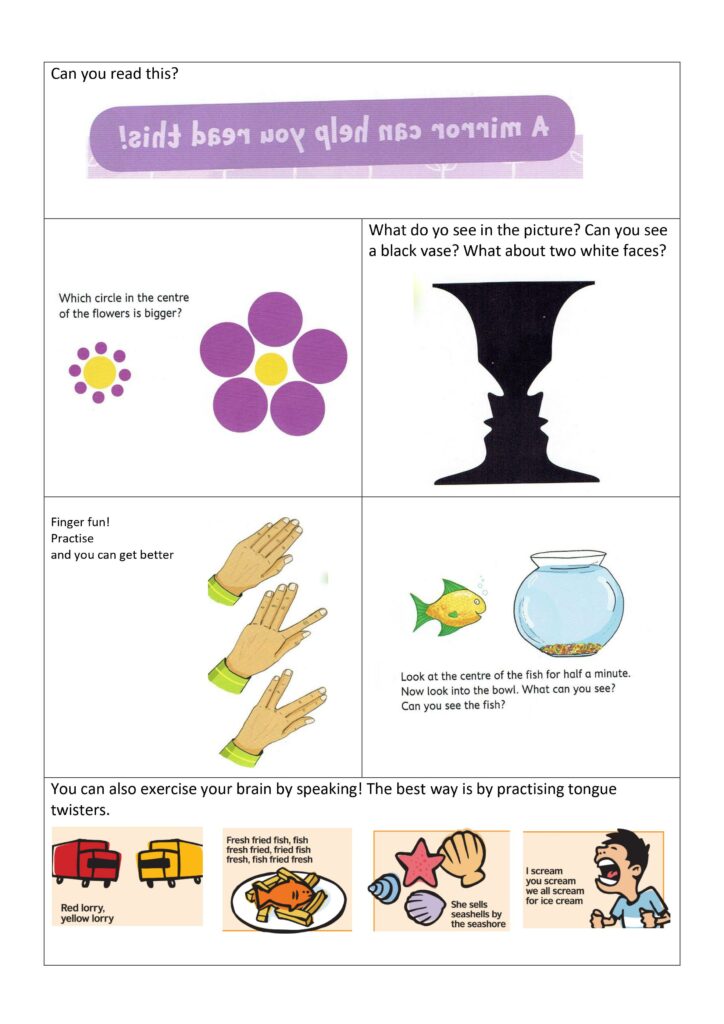

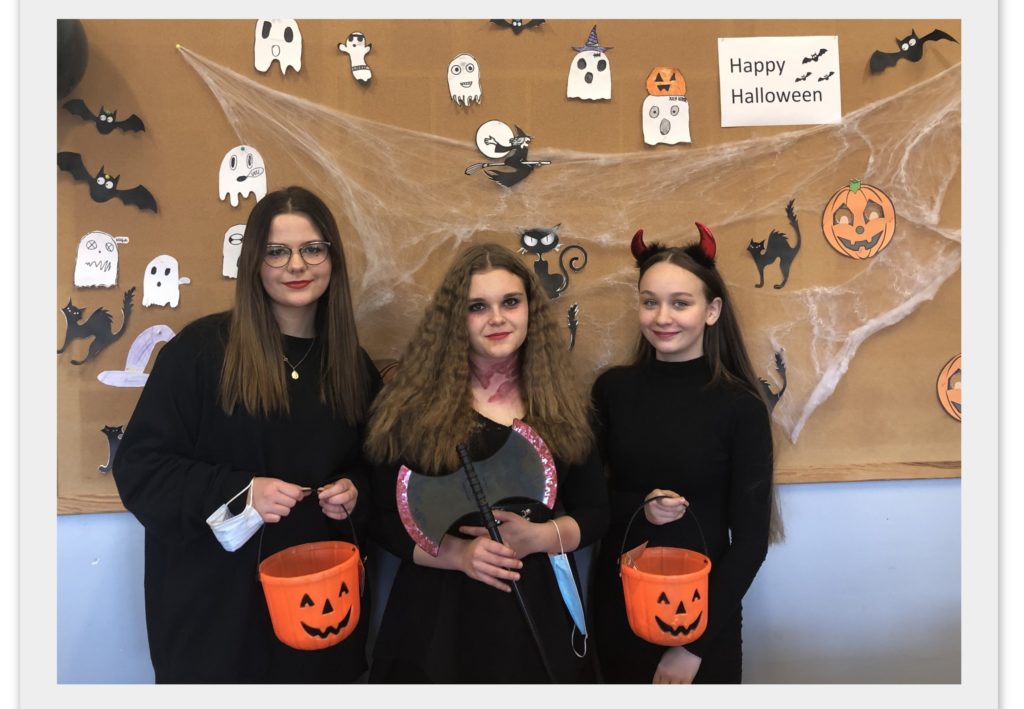
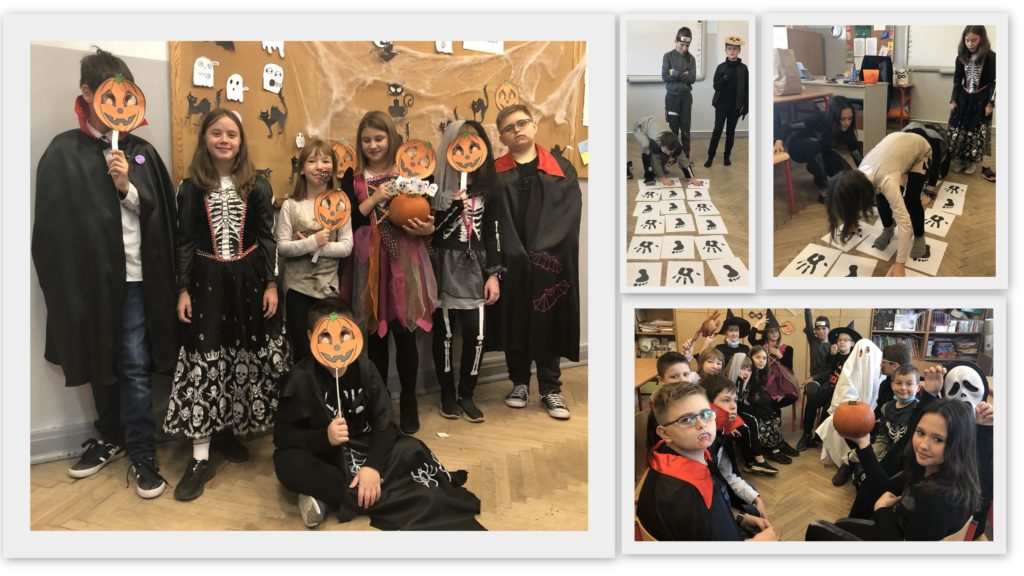
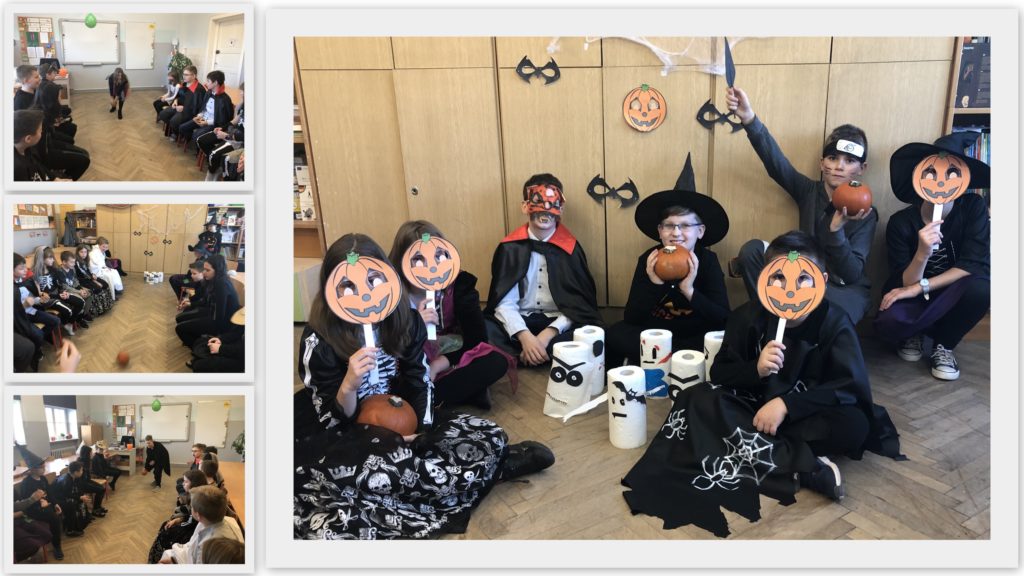
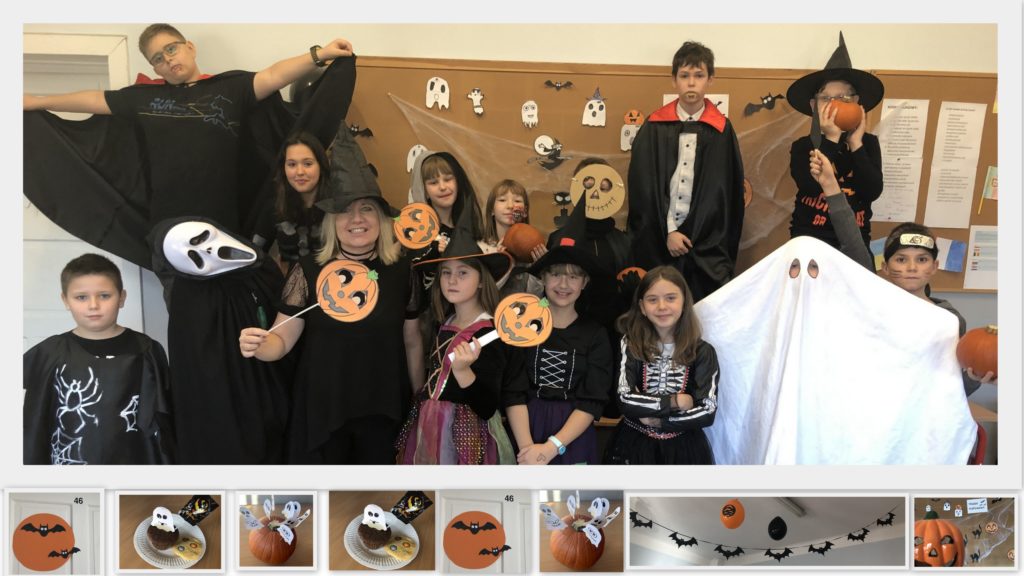
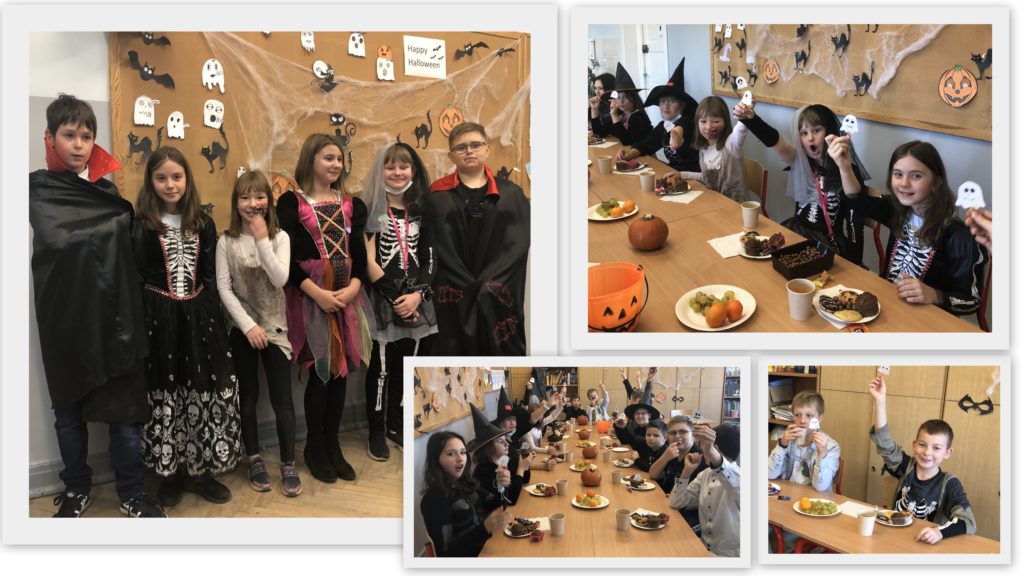

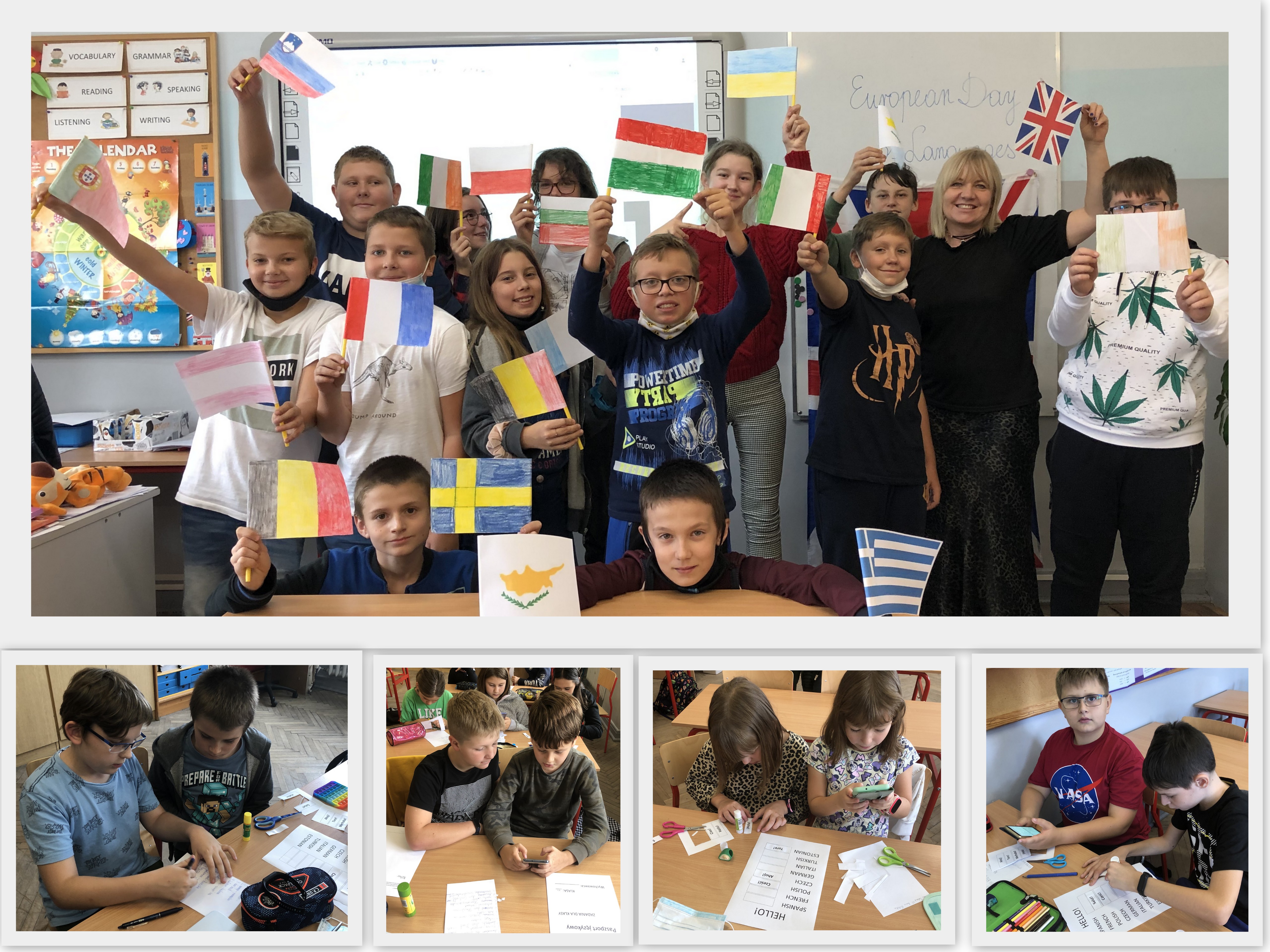

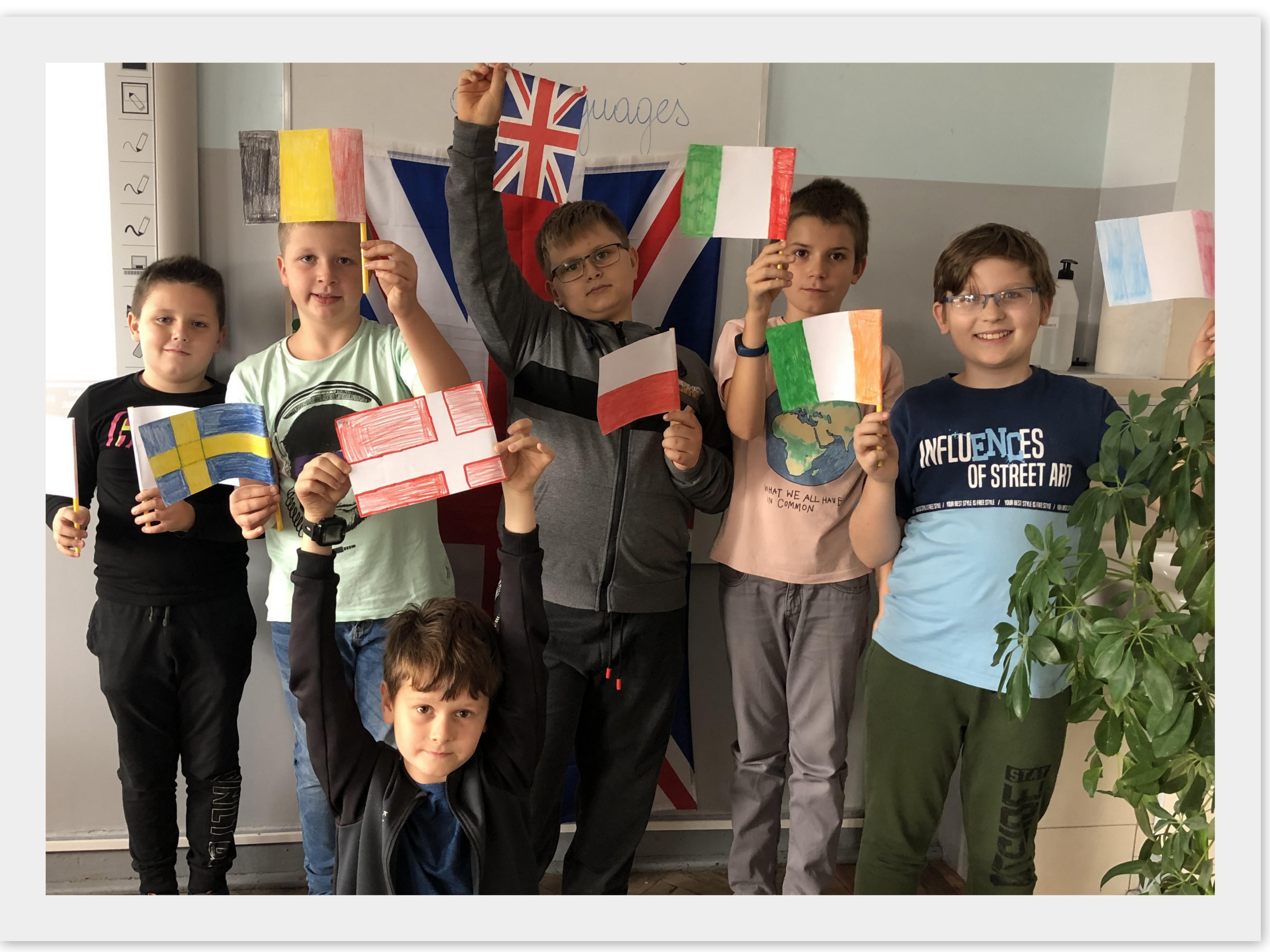
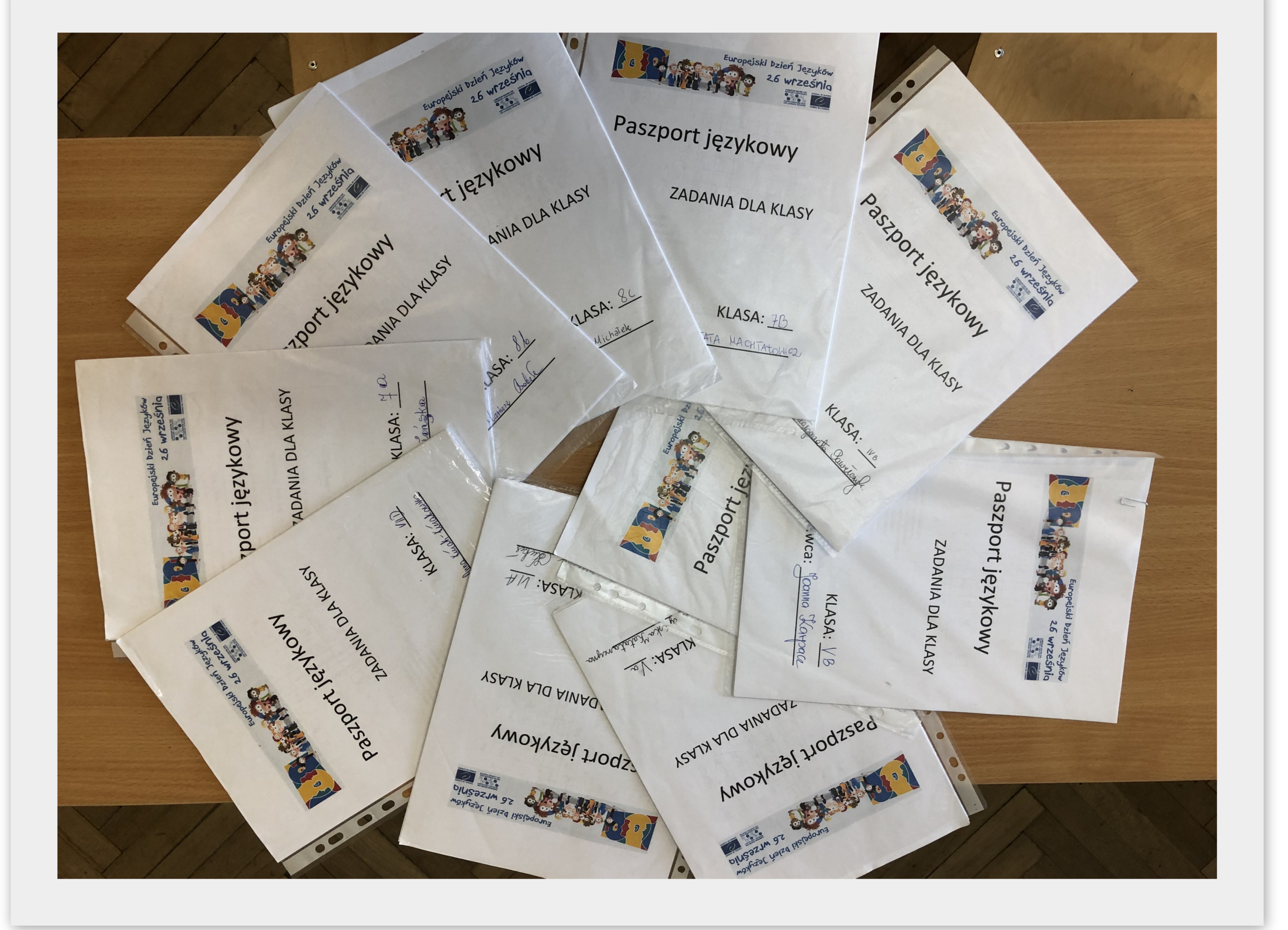
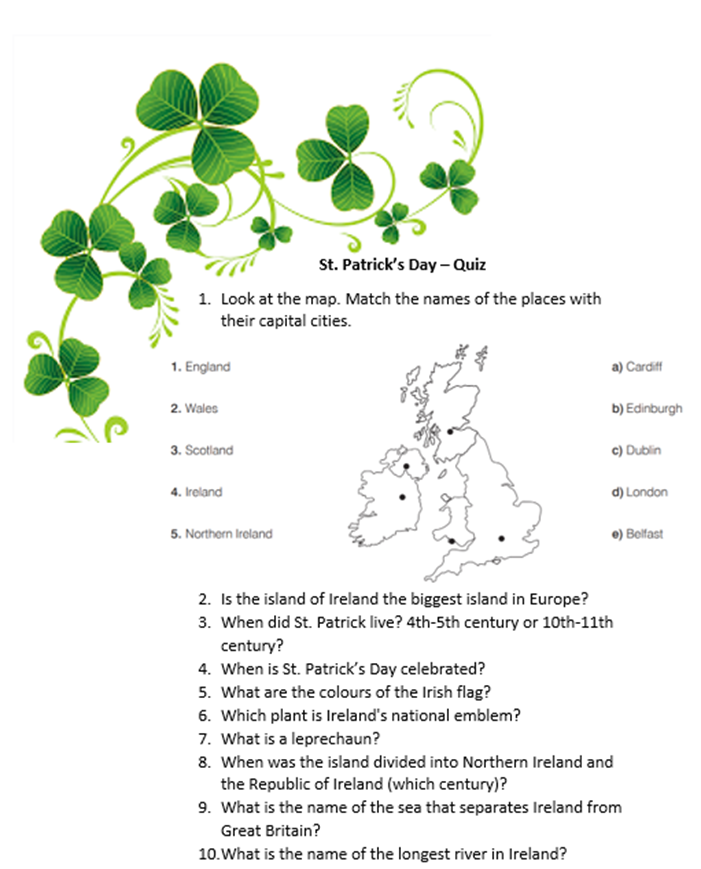

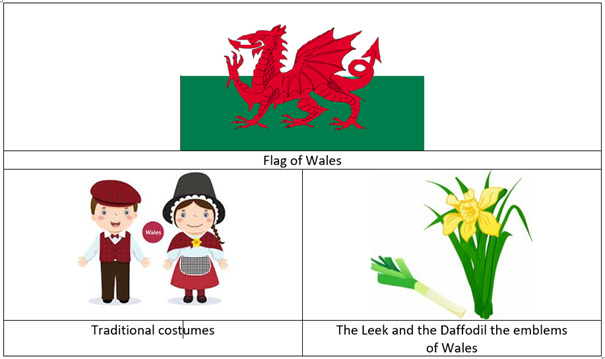







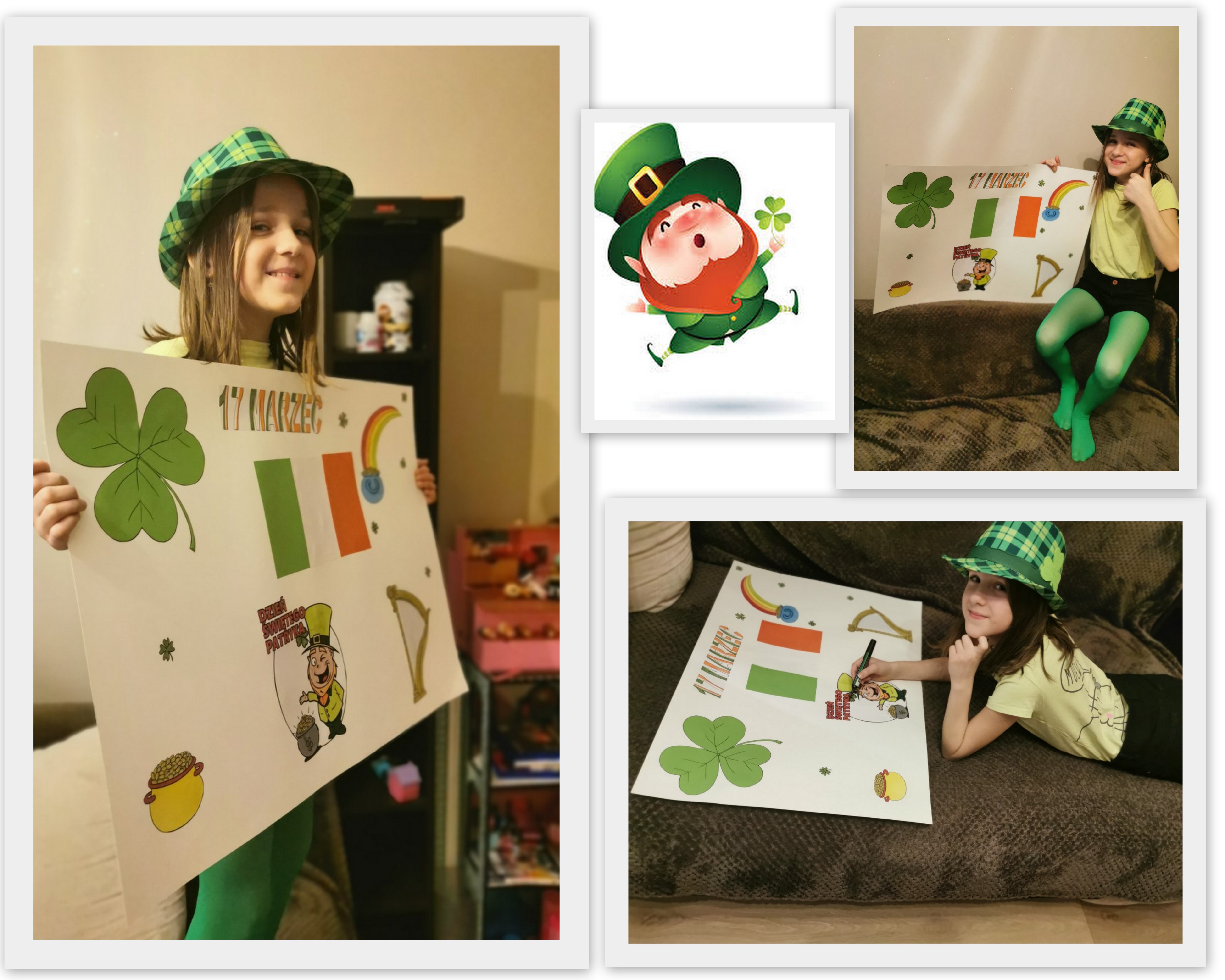 Well done, Victoria!
Well done, Victoria! 

